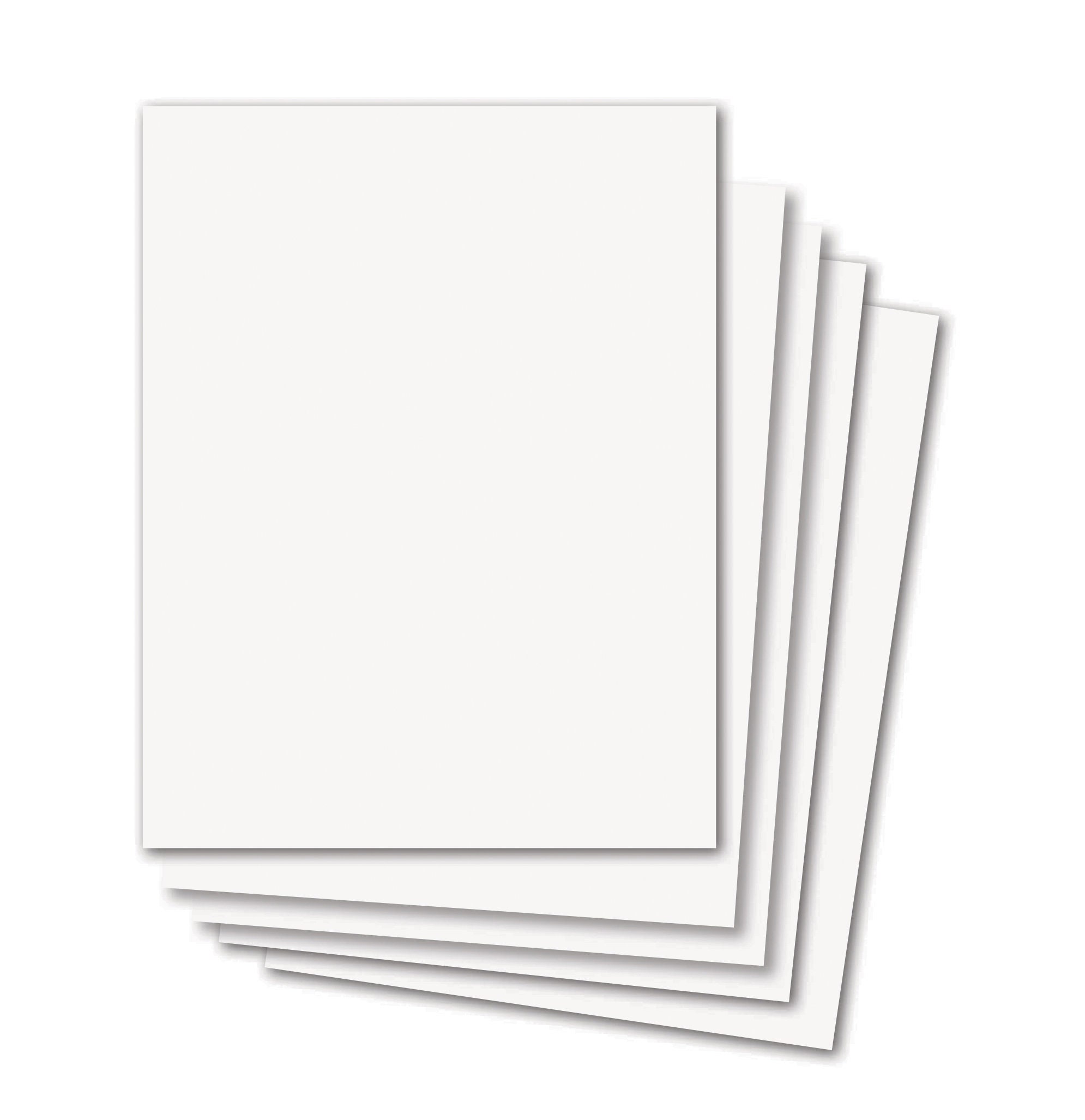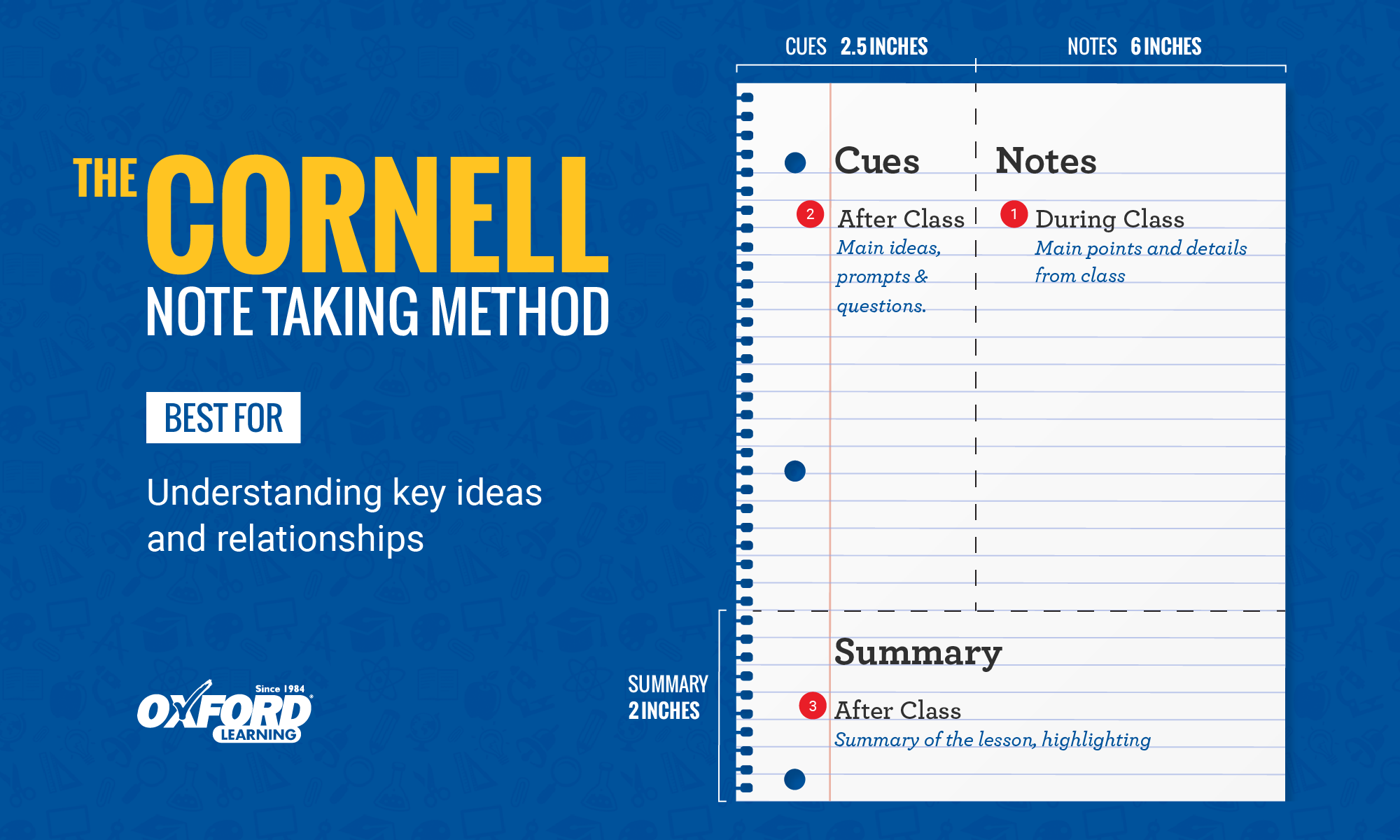5 R Note Taking
Take note of what I’m about to tell you. You have spent years taking notes in class, right? But have you ever stopped and thought, “is this note taking strategy the right one for me”?
The 5 Rs of Note-taking The Counseling Department at College of the Canyons recommends that students use a modified version of the Cornell Note-Taking method. To use this note-taking method, the student divides the page into 3 sections: 1. 5 R's of the Cornell Note-Taking System This format provides the perfect opportunity for following through with the 5 R's of note-taking: Record - During the lecture, record in the main column as many meaningful facts and ideas as you can. How to: The 5 R's of Note-taking from the Cornell Method - watch this video for a quick tutorial.BLACKNEST is a design company specializing in creating white. Note-taking method #5: The Mapping Method. When the lecture content is intense, the mapping method works best. It helps organize your notes by dividing them into branches, enabling you to establish relationships between the topics. Start with writing the main topic at the top of the map. Focused Note-Taking Process AVID’s focused note-taking process has five phases. It is important to note that while applying learning is the last phase of the process, it is essential that it inform the first phase, as the note-taking format should be shaped by the note-taking purpose. When teaching the focused note-taking process, educators.
Take a moment to reflect on your note taking strategies and figure out whether there are improvements that can be made. Make your note taking more effective. After all, having good noteswill play a very important role in your final grades. Get used to creating your notes in the best possible way that suits you and follow these best practices. They will stand to you, not only this year, but next year too and, indeed, going forward into your professional life.
When taking notes in class, do not try to translate every single word the teacher says in his lecture, instead, pick up the main points. This will allow you to remember the important information. Keep reading as we investigate this point and 3 others that students around the world are using.
Check out this great digital note that adopts the Cornell Method while discussing Christopher Columbus


Note Taking Strategy Techniques
#1 Cornell Method
The Cornell Method has been and remains one of the most popular note-taking strategies among students today. The technique can be seen above and in the accompanying diagram. You simply divide up your notes into 3 sections. The right column is home to the general area. This is where you keep your most important ideas that the teacher has covered during class. It is important that you try to summarize as much as possible and to be smart when note-taking (see #4). The left area serves to compliment the general area. Writing notes in the margins helps us understand and relate each part of our notes. This section may develop during the class itself, or at the end of it. The last section labelled ‘summary’ should be left blank during class. It is intended for use when you are reviewing/ studying the class notes. This lessens the need to keep up with the teacher’s delivery and write fast. You should try to develop a short summary of key points in this section for greater reflection of the class notes.
#2 Split Page Method

This type of Note Taking Methods have similarities with the Cornell Method however it is still a principle unto itself. The idea is that you divide the page vertically into two sections. A main idea and secondary ideas.
The idea is that, while you are taking notes, you are organising everything simultaneously. This method may require some adjustment at first but in the long run, it will help you to better optimise your study time when using our notes.
#3 Visual Aids

This method is based on the use of visual aids to improve how the brain processes information. It involves using pictures, graphs, diagrams, etc. Rather than writing long paragraphs of information, our brain follows the information sequentially. The use of colours and other visual elements such as different sized letters, also known as supernotes, favours the user. Because of this, Mind Maps are becoming one of the most widespread and effective Note Taking methods. These resources make it possible to develop ideas and connections easily in a visual environment. Our Mind Map tool includes a function that allows you to “Convert to Note“. This allows you to move all the information on your Mind Map to a digital Note with a single click. Not sure how to create a Mind Map, take a few short minutes and check out this handy article on how to create your first Mind Map.
#4 Symbols and Abbreviations
No matter which Note Taking Methods you use to take notes, there will be times when you cannot keep pace with the class and your wrist will begin to hurt you from writing. Therefore it is important that you develop your own language of symbols so that you can write more with little effort. Once the class is over, you can always “translate” your notes that you took during class. This will leave you with your own ‘language’ of notes.
#5 Underline Key Points

It’s advisable to underline the most important learning concepts of the lesson, as they will stand out more clearly and you’ll be more inclined to memorize them. In addition, the notes will be less monotonous and you can review them more quickly, since you can use the underline parts as a guide and won’t need to read the entire text every time you go to study.
These 5 note making techniques are designed to help you take more effective notes at home, in lecture halls or anywhere you have access to GoConqr. However, it is important that you adapt to your own style and stick with the ones that will bring you success. What other techniques do you use to take notes?
If you want to learn more about how to take notes efficiently don’t forget to checkour blogregularly in the coming weeks as we will be publishing a series of articles about note taking.
About the GoConqr Blog
Our blog is part of GoConqr, a Free Learning Platform for Creating, Sharing & Discovering Learning Resources that help students and teachers achieve their learning objectives. Click here to start creating Mind Maps, Flashcards, Notes, Quizzes, Slides Flowcharts & Courses now!
Information presented in class often contains the central concepts of the course and the material most likely to be included on exams. Taking notes of the information presented is an important process. It allows you to have a written record of the lecture which may not be in your textbook. Lecture notes can be a critical tool for preparing for exams. It also ensures that you become an active and involved listener and learner.
5 R's Of Note Taking
Professor Walter Pauk of the Study Center at Cornell University once described five essential aspects of note taking, which he referred to as the five R’s. They are important enough to mention here:
5 R's Of Cornell Note Taking Method
Recording
Get down all the main ideas and facts.
Reducing
To reduce is to summarise. Pick out the key terms and concepts. You can make from your notes what some students call “cram sheets.” These are lists, usually in outline form, that give you the bare bones of a course. You can use them as cues for reciting the details of what you have learned. On each page of notes you take, allow room to write down such cues.
Reciting
The advice above gives you an important principle. Recite to yourself. Don’t assume you know something just because you’ve read and understood it. You have to tell someone else — your instructor — about what you have learned. So recite. In your own words.
Reflecting
Ideas from your courses are meant to be thought about. Even though you know that, you may not practise it. It’s easy to fall into just giving back the information you have learned. Don’t do that. Then too, if you reflect about what you are learning, you won’t be surprised when ideas turn up on examinations in an unexpected form.
Reviewing
The most important part of the art of studying is knowing when, how, and what to review. But however you do it, reviewing is essential. Even the accomplished performer — the pianist or the actor — knows that a review, no matter how well he or she may know the material, is essential to a professional performance.